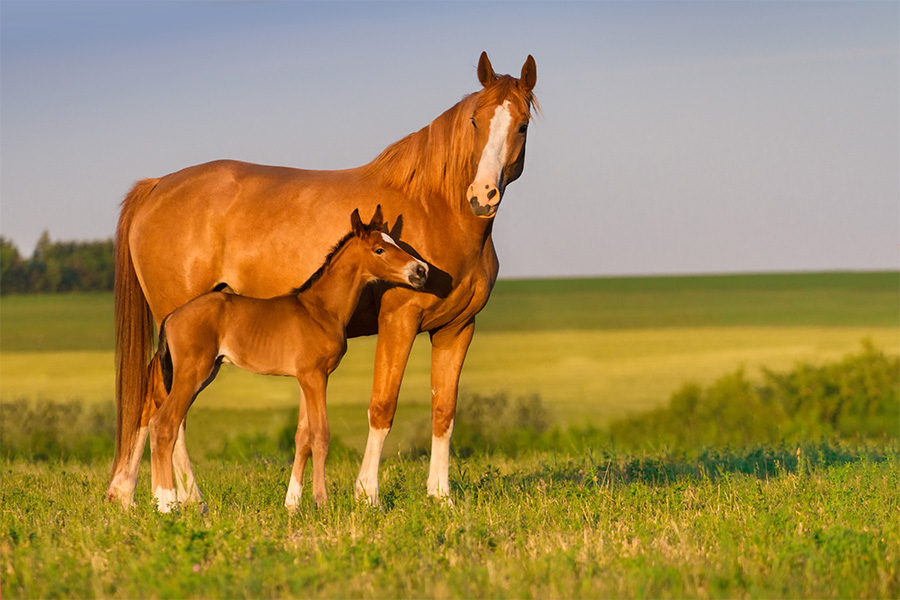-
An estimated 1.7 million people in Georgia rely on 640,000 private wells for their drinking water supply. The Georgia Environmental Protection Division enforces EPA’s drinking water quality standards for human consumption in public water supplies according to the Federal Safe Drinking Water Act. However, private wells are not regulated. Consequently, private well water users are responsible for ensuring the quality and safety of their water supplies for domestic, livestock, and irrigation use.
This online tool provides interpretations and recommendations for drinking water quality. The user enters the test results from a water testing laboratory, then interpretation of data is automatically given. This tool also provides recommendations to the user when necessary.
The tool can be found at http://aesl.ces.uga.edu/water/recommendations/
|
-
The pre-breeding period (2 months prior to breeding) is essential for preparing bulls for a successful breeding season. This is particularly important for yearling bulls as they are still growing and will use for energy during their first breeding season. Pre-breeding management should include an adaptation period, breeding soundness exam, health care, exercise, and an evaluation of body condition score. These topics are discussed in the circular. Proper pre-breeding management will increase reproductive efficiency and profitability in beef herds.
|
-
B 1438
Is Your Label Gluten Free?
With the increased demand for “gluten-free” products in the market place, food processors and manufacturers have started to develop more and more better-tasting and nutritious food products that are also gluten-free. However, the federal food labeling regulations for gluten-free products can be very confusing for small food processors and new food product entrepreneurs.
The purpose of this bulletin is to assist small food processors and food entrepreneurs in their understanding of the FDA labeling requirements for putting “gluten-free” on the label of packaged food products. The authors do not claim interpretation or replacement of any other federal or state regulations about labeling requirements.
|
-

A solid understanding of mare cyclicity is the foundation on which to build or evaluate an equine breeding program. Horses differ from other species both in timing of cyclicity as well as endocrine patterns within a cycle. Basic principles can aid horse breeders in more effectively timing and breeding with or without hormone manipulation.
This publication provides an in-depth explanation of the science behind horse breeding.
|
-
Many fruit trees are purchased as bare-root trees. A bare-root tree is a dormant tree that has no soil or planting medium around the roots. Here are some tips on storing, planting, and caring for your bare-root fruit tree.
|
-
C 1063
Home Garden Peaches
Growing peaches and other fruit trees in Georgia and the southeastern United States is challenging. Peaches are not native to North America; however, many cultivars have been developed for our area, and Georgia has a long history of successful peach production. One must choose the site and the proper cultivar and provide care throughout the year to be successful.
This publication includes information for peaches on site selection and preparation, planting, fertilizing, insects, diseases, and harvesting. Recommended varieties for Georgia are also listed.
|
-
Mastitis continues to be a major livestock disease afflicting the U.S. dairy industry. As the industry strives to improve milk quality to meet consumer as well as exportation demands, the legal limit for bulk tank sec will likely be reduced from 750,000/ml to 400,000/ml in the near future. It is estimated that between 10 and 20% of US dairy farms, mostly located in the Southeast, are currently at or above the 400,000/ml SCC limit and will have to adopt stricter methods for controlling mastitis in their milking herds, dry cows, and heifers.
This publication reviews the survey results of adoption rates for mastitis control measures and shows that there is much room for improvement.
|
-
This report presents the results of the 2014 peanut, cotton and tobacco variety performance tests.
|